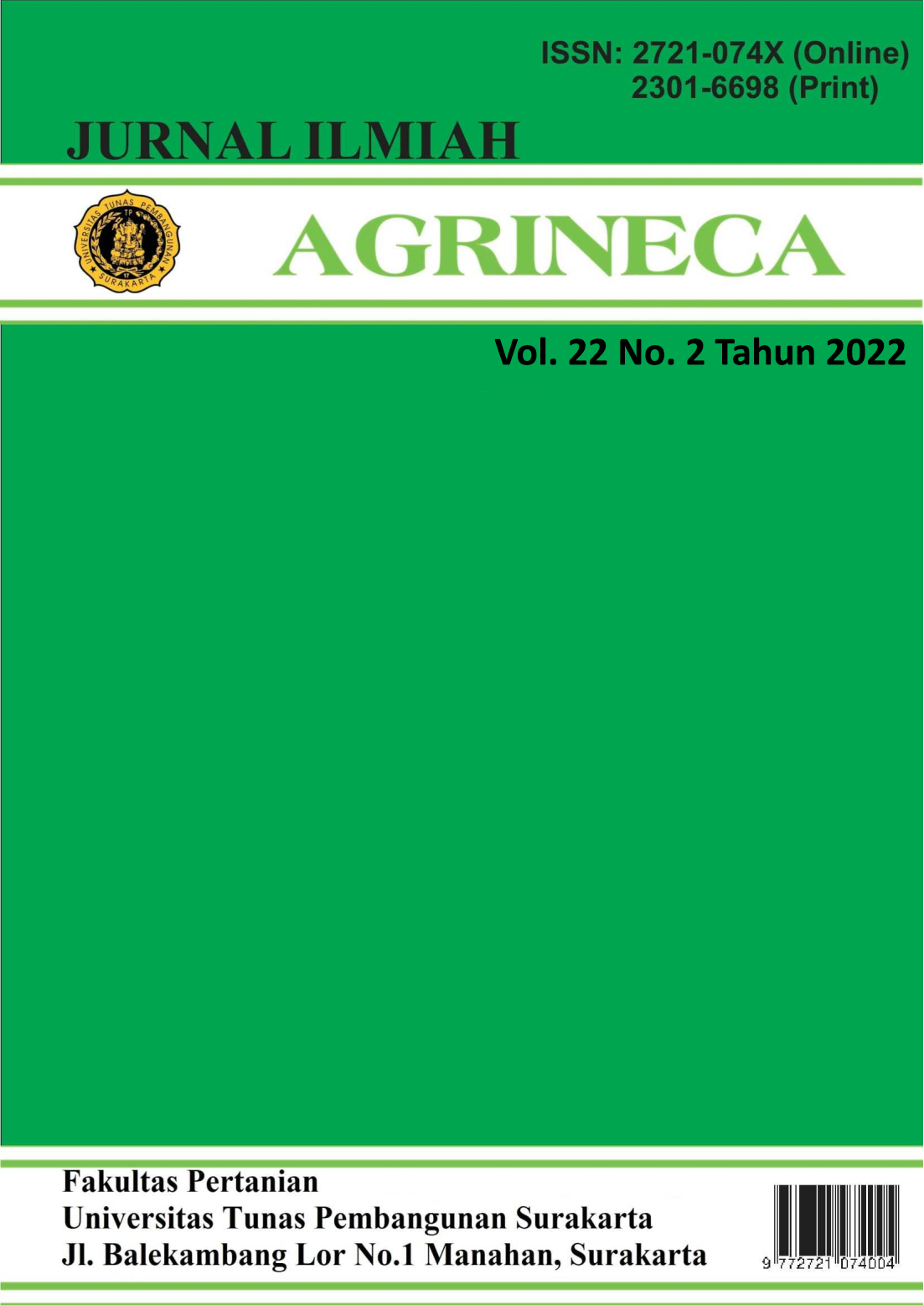The Differences Effect between Pond Types and Maggot Allotments on The Protein and Fat of Tilapia Meat
Abstract
Tilapia was one of the freshwater fish commodities that were widely consumed, so the demand for tilapia increased and impacted the high price of tilapia feed. Therefore, maggots can be used as additional fish feed, and recently there have been many variations of pond types in tilapia farming. This study aimed to determine the interaction between pond types and maggot allotments for protein and fat in tilapia meat. This study used two types of pools: tarpaulin and drum. The subjects used in this study were tilapia, with as many as 30 fish per pond. The dependent variables in this study were the protein and fat of tilapia meat. This study used the factorial method with a completely randomized design (RAL) with four treatments; each of the four tests consisted of A1B1 (Tarpaulin pool and maggots), A1B2 (Tarpaulin pool without maggots), A2B1 (Drum pool and maggots), and A2B2 (Drum pool without maggots). Data analysis was done using ANOVA with a significance level of 5% if there is an effect continued Duncan test. The results of this study showed no noticeable effect on meat protein (0.253>0.05) and meat fat (0.067>0.05) tilapia.

